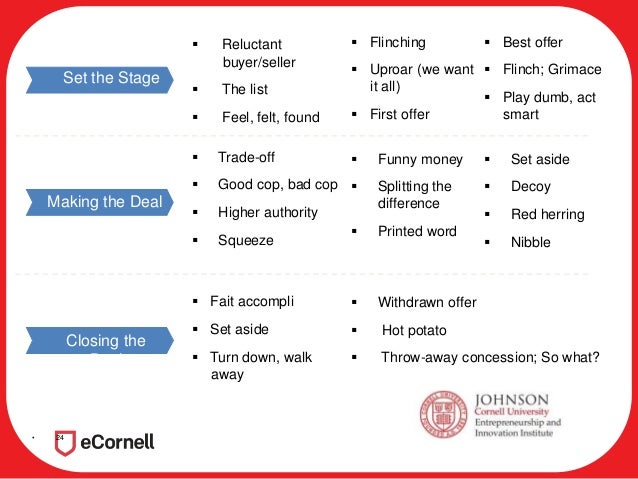


It is a more straightforward, less formal process that is applicable for most projects. Negotiated Bids The negotiated bid is the most common method of bidding for commercial construction projects. For a competitive “hard bid,” a project owner will usually just work with an architect to design a structure and draw up specifications for a bid package.

What is the difference between a hard bid and a negotiated project?Ī negotiated bid involves a single general contractor who works on behalf of the project owner. However, if the tender is for sale of material by the Government or the Govt. where the Government or the Government company has to make payment. Negotiations are warranted under exceptional circumstances, then it can be with L1 (Lowest tenderer) only if the tender pertains to the award of work/supply orders etc.


 0 kommentar(er)
0 kommentar(er)
